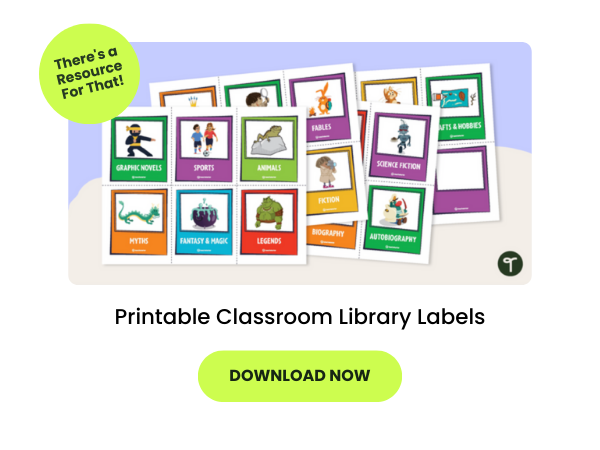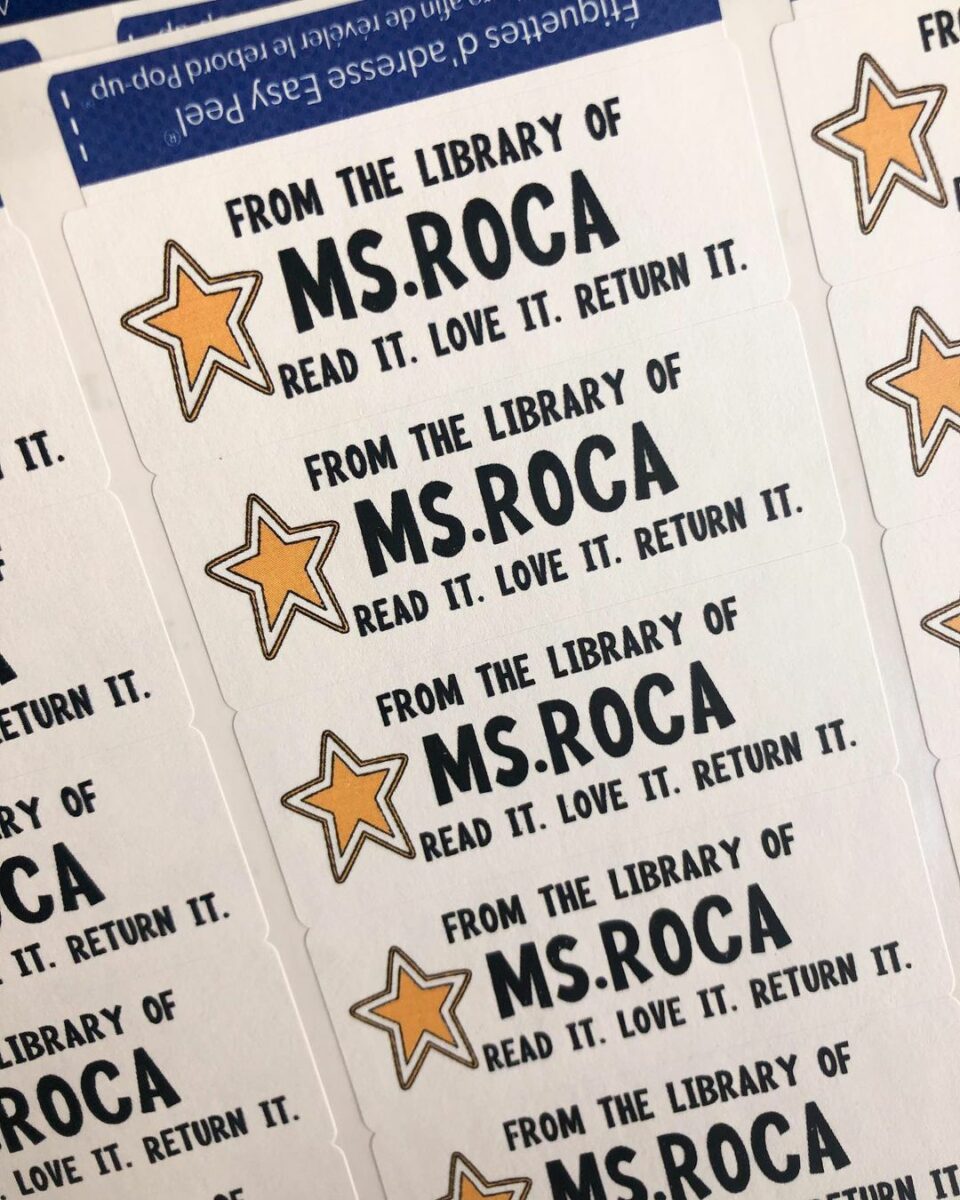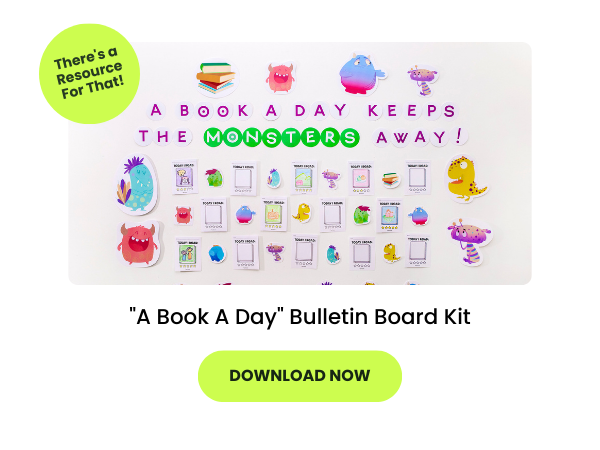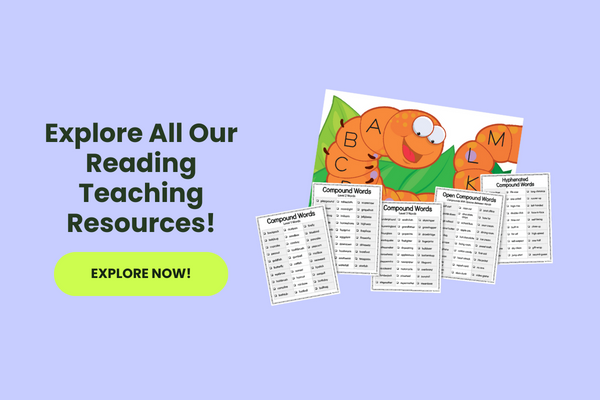Maybe you call it a book nook, a reading corner or a library corner, but no matter the name, building a classroom library with books for your students to grab when there is free time can play a major role in your students’ literacy.
There is evidence that teachers who set up classroom libraries provide equitable access to books, which in turn promotes reading achievement and motivation. Just having those books there will increase reading frequency, which will snowball into greater reading achievement. If you’re still building your classroom library or looking to take things up a notch, the teachers on the Teach Starter team are here to help!
We’ve examined what makes a good classroom library and compiled tips from teachers like you on how to organize one, decorate a book nook and even find free (or low-cost) books to fill it!
What Makes a Good Classroom Library
Building a classroom library may seem as simple as grabbing a few books from your local Target and making them accessible to your students, but you want to be a little more thoughtful than that, right? A lot more thoughtful?
A good classroom library is built with all students in mind — from struggling learners to gifted students — and includes diverse stories and characters that represent not just your classroom make-up but the world at large. An effective classroom library is also one that promotes reading at school and at home, so creating a system for students to “check out” or “borrow” books is a must.
The National Council of Teachers of English suggests you consider these three criteria when you’re setting up a classroom library:
- Offer a wide range of materials to appeal to and support the needs of students with different interests and abilities
- Provide access to multiple resources that reflect diverse perspectives and social identities
- Open up opportunities for students, teachers, and school librarians to collaborate on the selections available for student choice and reading.
Where to Find Cheap Books for Your Classroom Library
We get it; books can get expensive, especially when you’re trying to create a good collection that will hit all the different needs of the children in your classroom.
Fortunately, the teachers on the Teach Starter team have been there. We asked them where they found inexpensive books for their classroom libraries, and here’s what they said!
- Hit up yard sales and garage sales. — Parents cleaning out their kids’ old books may be your very best resource for good books for VERY little money. Speaking of …
- Talk to parents you know whose kids are getting older. — If they’ve passed the grade you’re teaching years ago, they may be looking to offload some!
- Join local mom Facebook groups. — Once again, parents!
- Browse the First Book marketplace. — This is a gold resource for teachers building a classroom library on a budget. The site has new releases in new condition at discounted prices.
- Head to an Ollie’s Bargain Outlet. — This store is an absolute goldmine when it comes to brand-new children’s books sold at a deep discount! If you have one in your area, you’re going to need to plan some time to look through everything that’s there!
- Ask other teachers, especially teachers who used to teach different grades. — When a teacher goes from second to sixth, often they’re housing books in a garage somewhere “just in case” they get moved back. But they may be willing to share some of the hidden treasure!
- Check with your local library. — Are they doing a book sale to raise money? Are they looking to get rid of books that aren’t checked out?
- Explore the dollar store. — While you’re stocking up on new bins and those make-up scrubbers that make amazing whiteboard erasers (you know what we’re talking about, right?!) swing by the books section. It can be hit or miss, but it’s worth a shot.
Classroom Library Organization Ideas
The methods you use for organizing your classroom library are really going to come down to the number of books, the size of your space, and the age range of your students. We certainly don’t expect every teacher to break out the Dewey Decimal System (although it is certainly instructive if you can!), but some of these organization tricks may work for you:
- Use alphabetical order. — Whether you’re organizing by the first letter of the book title or the first letter of the author’s last name, adding the letter to the front of your book bin makes it easier for your students to know where to return books and reduces the time you have to spend cleaning up. Well … hopefully, anyway!
- Organize by genre. — This is a great idea for books in the upper elementary years, especially as you try to hook reluctant readers on similar books to those they’ve enjoyed reading or use their own interests to suggest books. Have a student who plays baseball? You might suggest they pull out books from the sports genre, for example. Don’t forget to label each book with the appropriate genre!
- Color-code your books. — Use colored dots to help your students find the books they need. Affixed to the spine, this can be used with matching dots on your book bins. But it is also useful if you line your books up on bookshelves rather than opting for the popular book bin option.
- Organize in rainbow order. — Take a page from the Home Edit, and line your books up in rainbow order. Not only will this create a bright and beautiful classroom book nook, it also helps your students know where to put their books when they return them.
- Set up a turn-in bucket. — If you’re teaching kindergarten or first-grade students who are not exactly adept at re-shelving their books, setting up a turn-in bin or bucket can be a lifesaver. This gives them a designated space to return books, while you can take care of re-shelving them in the right spot. Alternatively, you can use this option with older students, assigning the re-shelving task as one of your classroom jobs.
- Use milk crates for shelves. — Don’t have bookshelves in your classroom? Take this hack from a member of our teacher team! Ask your cafeteria staff if they have leftover milk crates. Zip-tie the crates together to form shelving. You can also use this to create a bench for primary grade kids!
- Use a CD shelf for storing your pocket novels. — It’s just the right size!

Photo courtesy of fourth-grade teacher Emily Roca
Fourth-grade teacher Emily Roca shared these fun classroom library labels with us, but you can make your own with our label creator!
Decorating Your Classroom Library
OK, now that we’ve got organizing your books out of the way, it’s time to talk about actually setting up and decorating that classroom book nook! We’ve put together some of our favorite low-cost ideas that will encourage students to grab a book, get comfy and read!
- Set out comfy pillows. — There’s nothing more inviting than a comfy pillow to lean on while you page through a new graphic novel or paperback. If possible, stick with pillows that you can pop in the wash, or at least ones with washable covers because kids … right?
- Add reading posters. — This parts of a book poster is a fun one to help them get to know and understand the book better, or you can opt for something more fun like this monster-themed Cure Your Curiosity With a Book poster that screams “reading is fun.”
Photo courtesy of first-grade teacher Laura White
- Set up seating — First-grade teacher Laura White shared this brilliant idea for “chairs” with us. Blow up a few inner tubes, and you’ve got instant seating for your classroom library corner!
- Create a bookmark station. — Encourage your students to save their spot in their books by printing bookmarks and ensuring a steady supply. We print ours on cardstock so they’re sturdy enough to be used again and again.
- Add stuffed animals. — Give younger students a non-judgmental “friend” to read to as they build fluency.
- Make space for book reviews. — Give your students a sense of ownership and get them in on the act of recommending books by adding a space where they can add reviews of the books they have read to help classmates make selections.
Opening Your Classroom Library Up to the Class
Let’s face it, this is absolutely the MOST FUN part of building a classroom library — allowing your students to start using it! Here are some of our favorite ways to help your students get the most out of this awesome resource in the classroom!
Photo courtesy of kindergarten teacher Taylor
- Allow fast finishers to choose a book for silent reading while their classmates complete a task.
- Add a check-in and check-out system. You can make it easy to keep track of which books students have borrowed from your classroom library with a system for checking books in and out. Try Classroom Checkout or BookSource for an easy system.
- Open the library up for book “shopping” every Monday. Kindergarten teacher Taylor gives each student a small book bag (see above) with their name on it so they can safely bring books home and back to school!
- Make choosing a new book into a game. One of our favorite tricks for encouraging students who are reluctant to read is to send them “fishing” for book ideas! This book fishing template has everything you need to create your own classroom library display!
Do you have a classroom library that you love? Let us know in the comments, and don’t miss out on a fun “book wish list” template for students to plan their reading adventures!














Comments